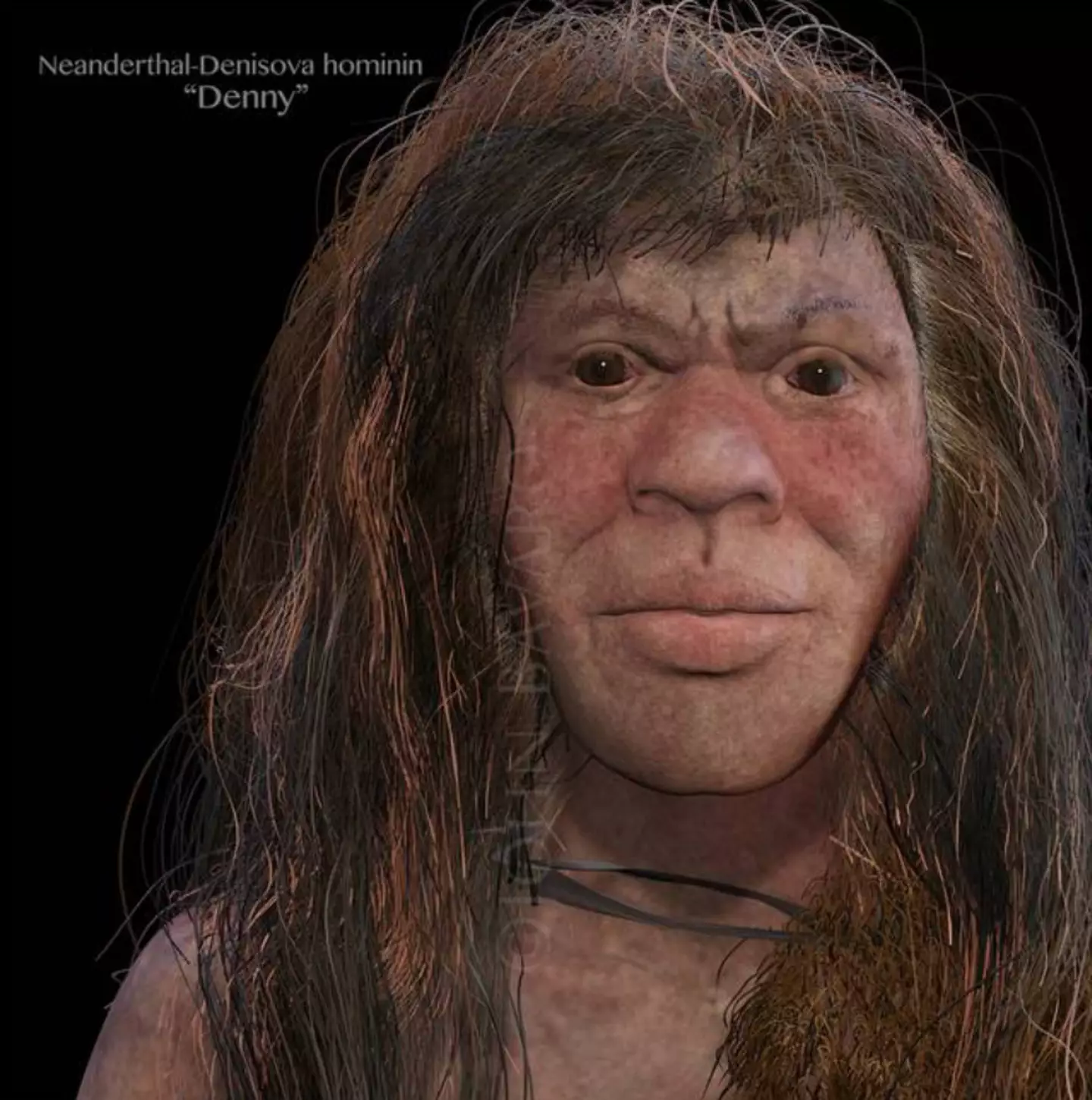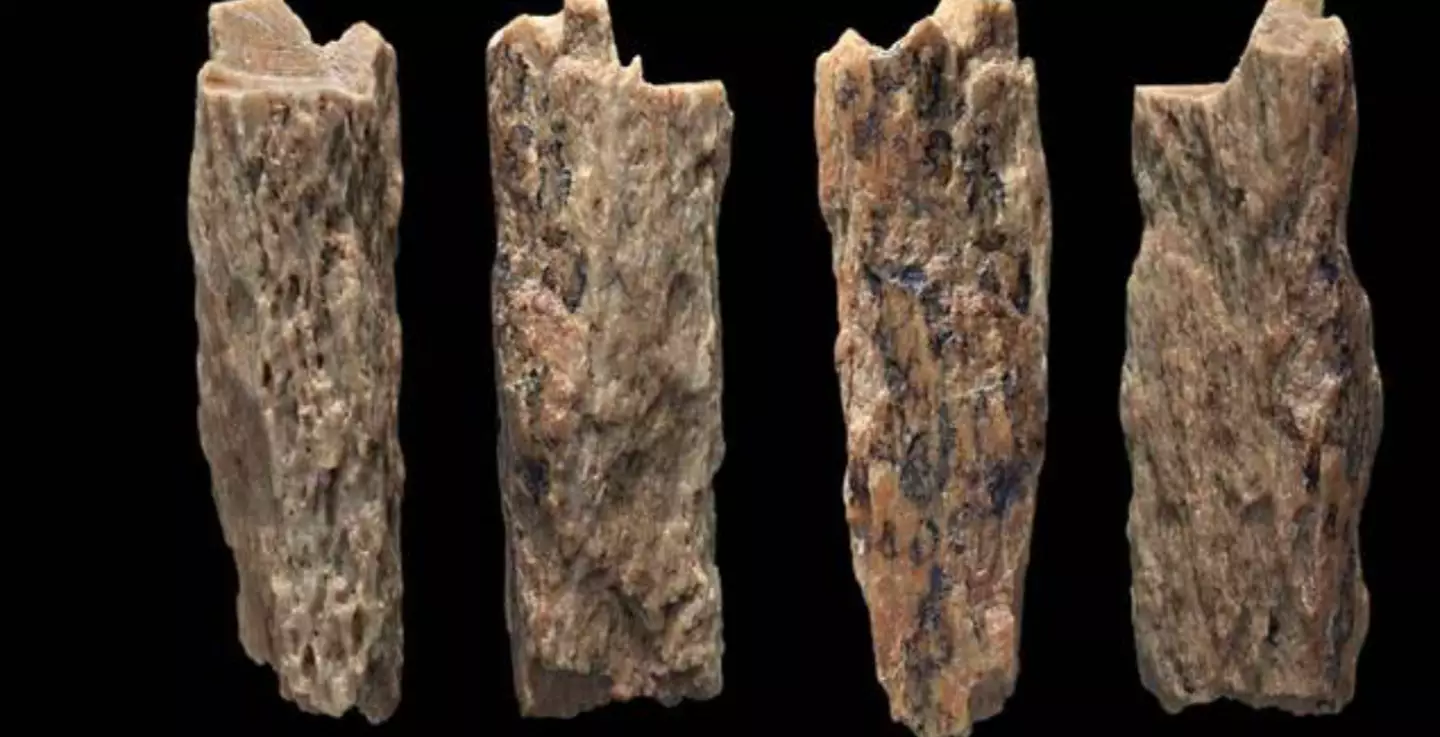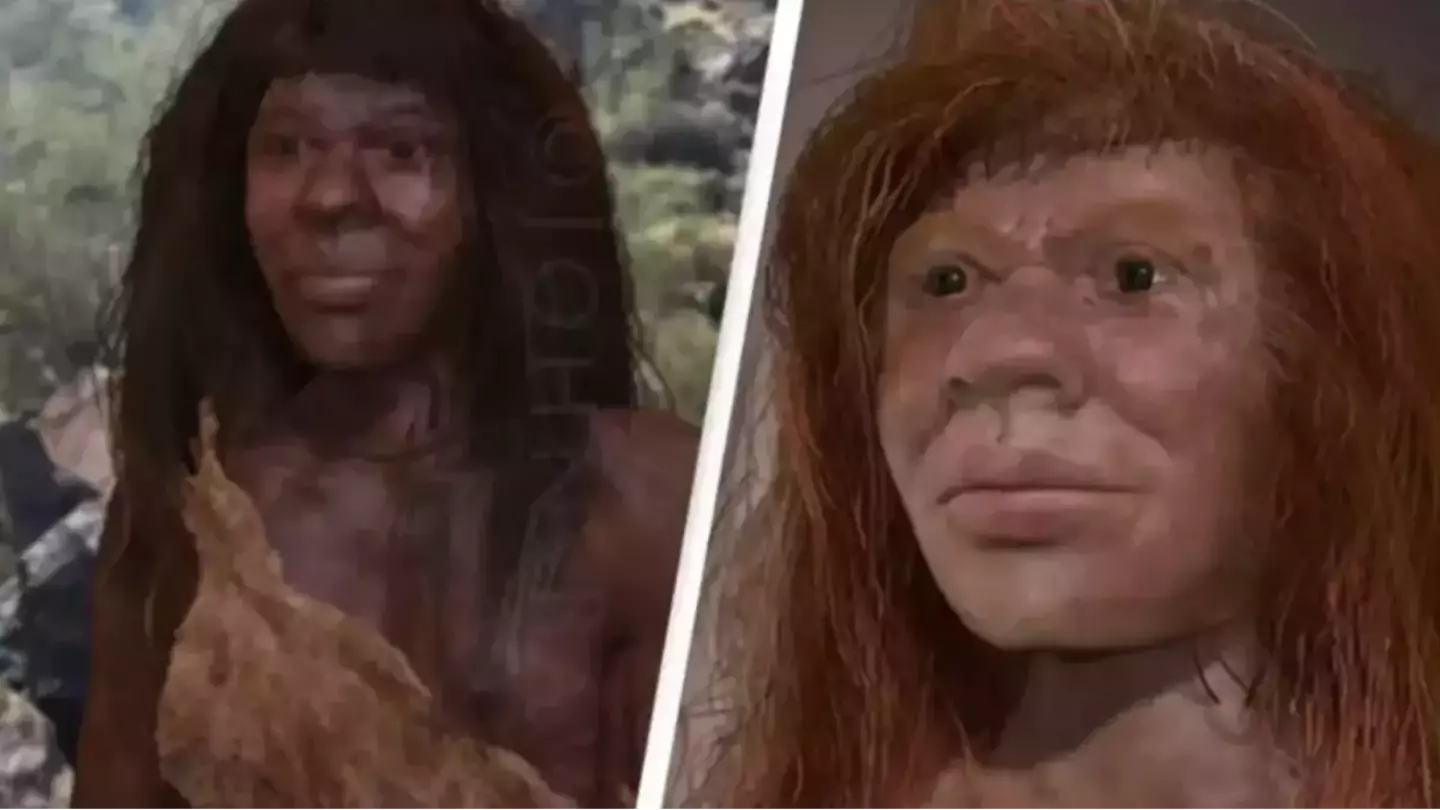Just when you think you’ve got the human family tree all figured out, bam! Along comes a twist that would even make your ancestry.com results do a double-take.
Our fascination with Neanderthals, those not-so-distant relatives of ours, has dug up some pretty intriguing dirt over the years. But hold onto your hats, because it’s the Denisovans, those elusive cousins from the Lower and Middle Paleolithic eras, who are starting to steal the spotlight.
Though they’re not as well-known, Denisovans have some serious ties to our own lineage, more than we ever imagined. They’re like the mystery guest at the family reunion who turns out to be pivotal to the whole family narrative.
Picture this: tiny fragments of bones and teeth found nestled in the Altai Mountains of Siberia two years ago turned the scientific community on its head. Why? They belonged to the only known individual whose mom and dad were from entirely different species of ancient humans — a Neanderthal and a Denisovan.
Yep, it’s as wild as it sounds. This discovery was part of a project named Finder, Fossil Fingerprinting and Identification of New Denisovan Remains from Pleistocene Asia, which aimed to cast some light on these shadowy figures and their interactions with both Neanderthals and Homo sapiens.

Katerina Douka of the Max Planck Institute, and a guest researcher at Oxford University, expressed in 2018, “We aim to find out where they lived, when they came into contact with modern humans – and why they went extinct.”
The journey to these revelations started with some gnawed-on bones found in a Siberian cave back in 2010. Most of these bones were so chewed up by hyenas and other critters that they were nearly impossible to identify.
Enter Zooarchaeology by mass spectrometry, a fresh technique embraced by Douka and Tom Higham of Oxford University. This method distinguishes bone based on unique collagen signatures from different mammal groups. Among thousands of samples, one particular bone was human — but the mystery was just starting.
Taken to Svante Pääbo at the Max Planck Institute for Evolutionary Anthropology for a closer look, it was determined the bone belonged to someone over 13 years old at the time of death. Further tests revealed a 50/50 split between Neanderthal and Denisovan DNA.

The analysis culminated in the identification of a 90,000-year-old “hybrid” girl, affectionately dubbed “Denny,” the daughter of a Neanderthal mother and Denisovan father.
“If you had asked me beforehand, I would have said we will never find this, it is like finding a needle in a haystack,” remarked Pääbo.
Their findings, published in Nature in August 2018, underline that Neanderthals and Denisovans split from each other over 390,000 years ago, each taking separate evolutionary paths, yet still connecting in ways that impact our genetic makeup today.
So next time you think your family tree is complicated, just remember Denny and her cross-species lineage. It really puts those awkward family dinners in perspective!

